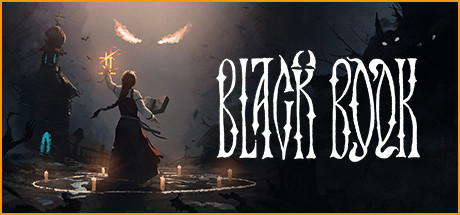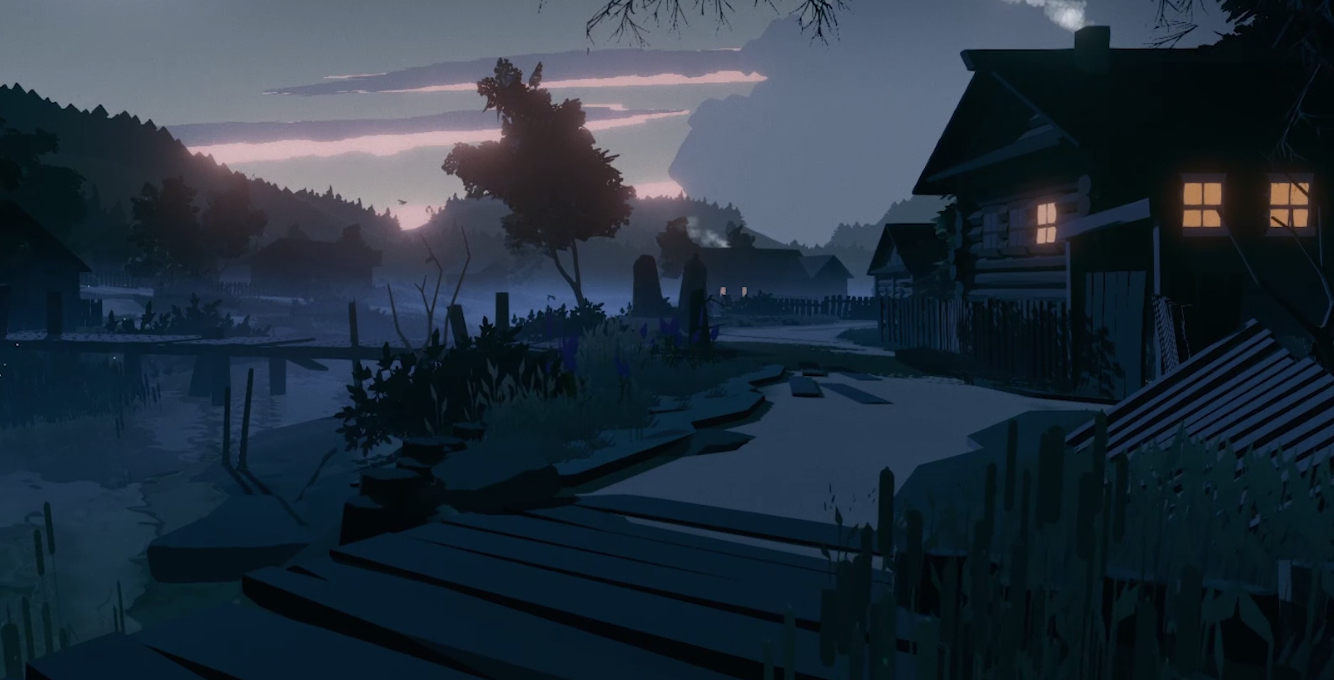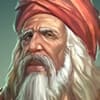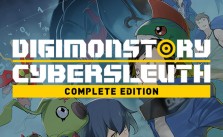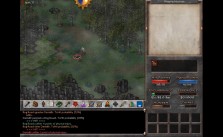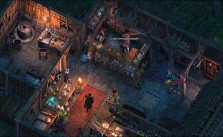Black Book Review – A Story-rich Adventure Deckbuilder
You are Vaisilisa in the year 1879. A teenage witch who desires to break the Black Book’s seven seals. You’ll encounter friends, adversaries, and a slew of monsters along the road. The spirit of Black Book is choose-your-own-adventure. Most of the time, you have a choice of what to do. There are several major and secondary missions to complete. Your choices affect the game’s outcome. Decisions can alter your Sin counter. As a result, responses alter and the game’s outcome might be influenced.
Almost everything is voiced. Everything aside from dialogues is told through a teller like in a Book. Most of the game takes place on 2D screens like menus or dialogues. More significant parts take place in a 3D world where you can move Vaisilisa directly. This is more of the adventure part though it lacks puzzles and possibilities of what to do in those 3D screens. You can mostly just click on a handful of objects and that’s it.
Izba is your home. This is where you will spend your day. You can communicate with pals who have joined you on your adventure, assign jobs to your chorts (demons), play cards (Durak), and continue on your adventure. Because you’re a Knower, you’ll have to deal with visitors regularly before embarking on excursions. Some may be friends, while others may be foes. Your responses may have an impact on in-game events, and you may be rewarded for them.
The map depicts a single path to your destination using linear nodes. You must go from one to the next. You will be drawn into an event on each node. This isn’t a randomly produced deck like many others, and virtually every event is unique. Aside from encountering a merchant and the like, you won’t experience any repeat occurrences.
It’s conceivable that when you visit a node, a new node will emerge on the map. They’re primarily used for side missions. You have the option of visiting these locations or just following the road that leads to the main mission.
Battles operate on a turn-based system, similar to many other deck-builders and card battlers. You have the black book and its pages instead of a deck of cards. After you finish your turn, your character will take action. A symbol is tied to each page. There are rules on which symbols you may use and how many pages you can play every turn.
The events surrounding the seven seals serve as a transition for new pages as well. You’ll get a handful of new cards once you open a fresh seal. You may either buy them with real money or earn them as a prize for completing battles. Due to the length of the tale, you will hold the same 15 cards for several hours before receiving new ones. After a while, battles become a little tedious, and you’ll want to advance quickly to obtain new cards. This also demonstrates the difficulties of fights in Black Book. They aren’t demanding enough, and in general, they aren’t as excellent as competent deck-builders (After a few hours).
The tale is extensive and intricate, and there are many ways to go further into the universe. While the deckbuilder portion would lose in a fight against every other competent deckbuilder, it does have some interesting concepts. There are several faults (mainly related to being a deckbuilder), but the tale balances them out. The Black Book isn’t flawless, but it’s a beautiful book!
If you often play deckbuilders or card battlers, you’ll have a relatively easy time – therefore don’t buy it if you’re seeking a challenging deckbuilder.
If you’re looking for a story-driven game with laid-back deckbuilder elements, this is the game for you!

